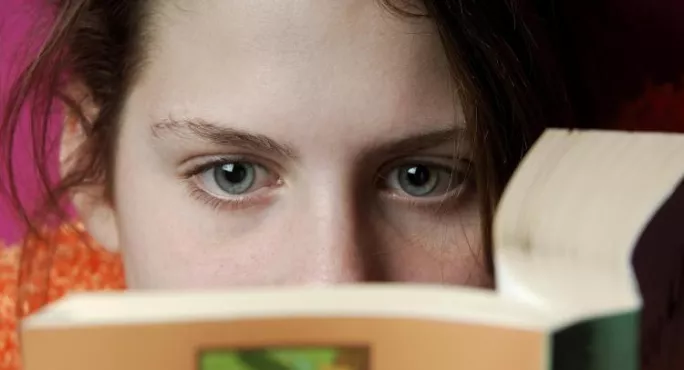The vocabulary of primary school pupils is more sophisticated than has previously been assumed, a new study shows.
Children use sophisticated language in their writing from their earliest years of school, often deploying words linked to the natural world or fantasy, such as “slithering” or “abracadabra”, academics at the University of Exeter found.
Five top tips: Make your primary reading rock
Quick read: Why reading for pleasure doesn’t have to be about books
Discover: ‘How we became a top 1 per cent school for reading’
The study analysed 3,000 pieces of work from 824 children, aged between 7 and 16, at 24 schools around the country.
Dr Philip Durrant, of Exeter’s Graduate School of Education, who led the research, said it challenged the previous assumption that young children’s vocabulary was dominated by basic, high-frequency words.
The study found seven-year-olds using sophisticated words such as “meerkat”, “camel” and “vicious”, applying them in the correct way and coming back to the same words repeatedly in their writing.
Primary pupils’ adventurous vocabulary
What distinguished younger children’s writing from that of older children and adults was not a preference for basic words, but the extent to which they repeated particular words and the fact that those words tended to focus on concrete things, rather than abstractions and ideas.
For example, nouns used by Year 2 students included “earworm”, “fairyland” and “volcano”, while those in Year 11 used words such as “suffusion”, “patter” and “interference”.
Dr Durrant said: “It’s really positive to find that young children are using such sophisticated language in their writing. Children are picking up and learning obscure words and using them in the right context. It was lovely to read their work.
“It’s clear younger children are markedly interested in writing about the natural world and the fantastical, and this was less evident in older children’s writing.”
The study shows that the older children get, they use less repetitive language and show a better understanding of how different language is appropriate to different types of writing.
For example, young children tend to use “fiction”-style vocabulary - such as “yell”, “creep” and “suddenly” - across all types of writing. As they get older, they maintain this style in their stories but move towards greater use of “academic”-style words - such as “convey”, “perspective” and “imply” - in their non-fiction writing.
Dr Durrant added: “It is clear that the traditional ways of measuring children’s vocabulary development in writing, which have relied heavily on the idea that maturity is marked by use of lower-frequency words, are not sophisticated enough. This analysis shows that diversity, frequency, and stylistic appropriateness of vocabulary are not separable and need to be looked at together to give an accurate picture of development.”
Examples of words used by Year 2 pupils:
“Stripy, squashy, stabbed, ginormous, witchy, tailed, woolly, wiggly, slithering, wizard, cheeky, freaky, glittery, teeny, sparkly, angry, flaky, spiky, yummy, slimy, comfy, spooky, furry, crunchy, roaring, soaked, prickly, haunted, stormy, fearless, learned, creepy, poisonous, grassy, fluffy, ginger, hairy, snowy, smoky, greasy, greedy, windy, disgusting, tasty, said, rotten, killed, sparkling, fiery, gigantic, annoying, wicked, selfish, sleepy, sliding, spicy, terrifying, milky, noisy, vicious, icy, glowing, ripe, dim, bored, frightened, thoughtful, magical, frightening, fine, skinny, hurt, shiny, fierce, sunny, brave, delicious, shy, colourful, steep, scary, precious, evil, invisible, delicate, wise, horrible, purple.”




